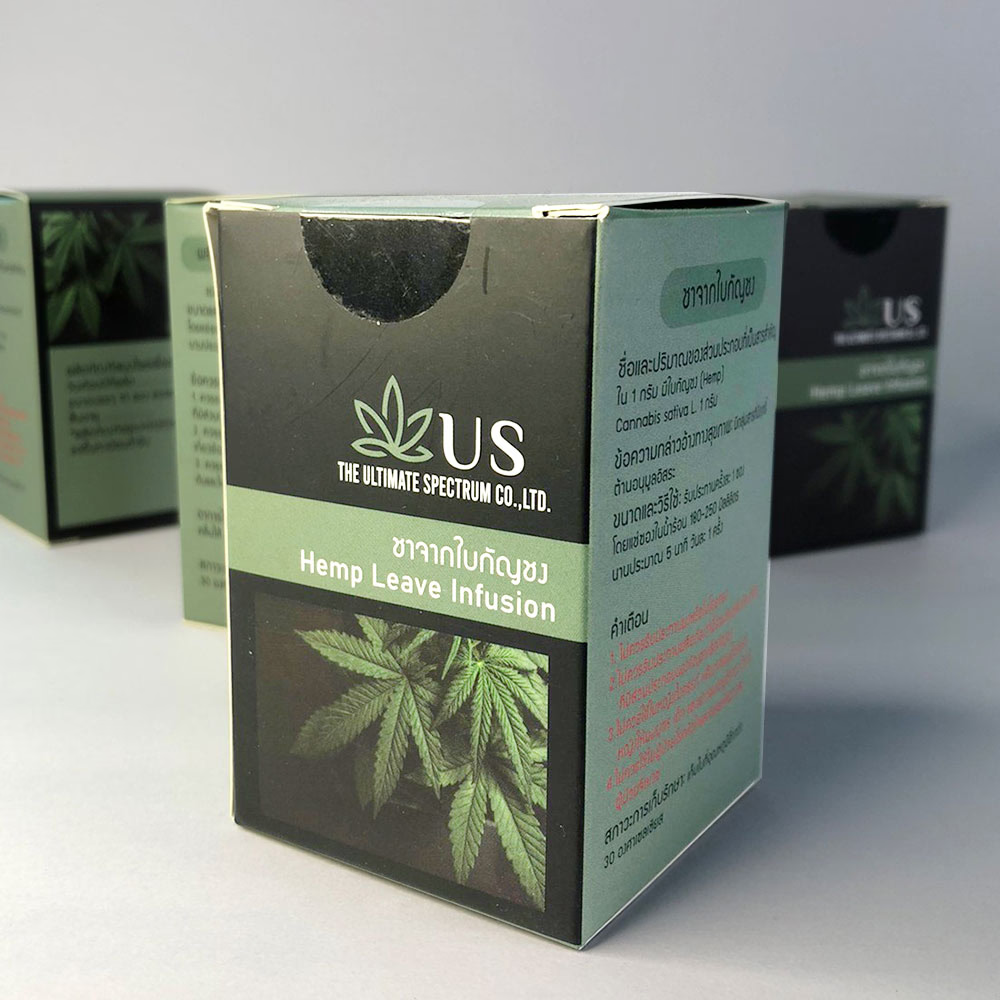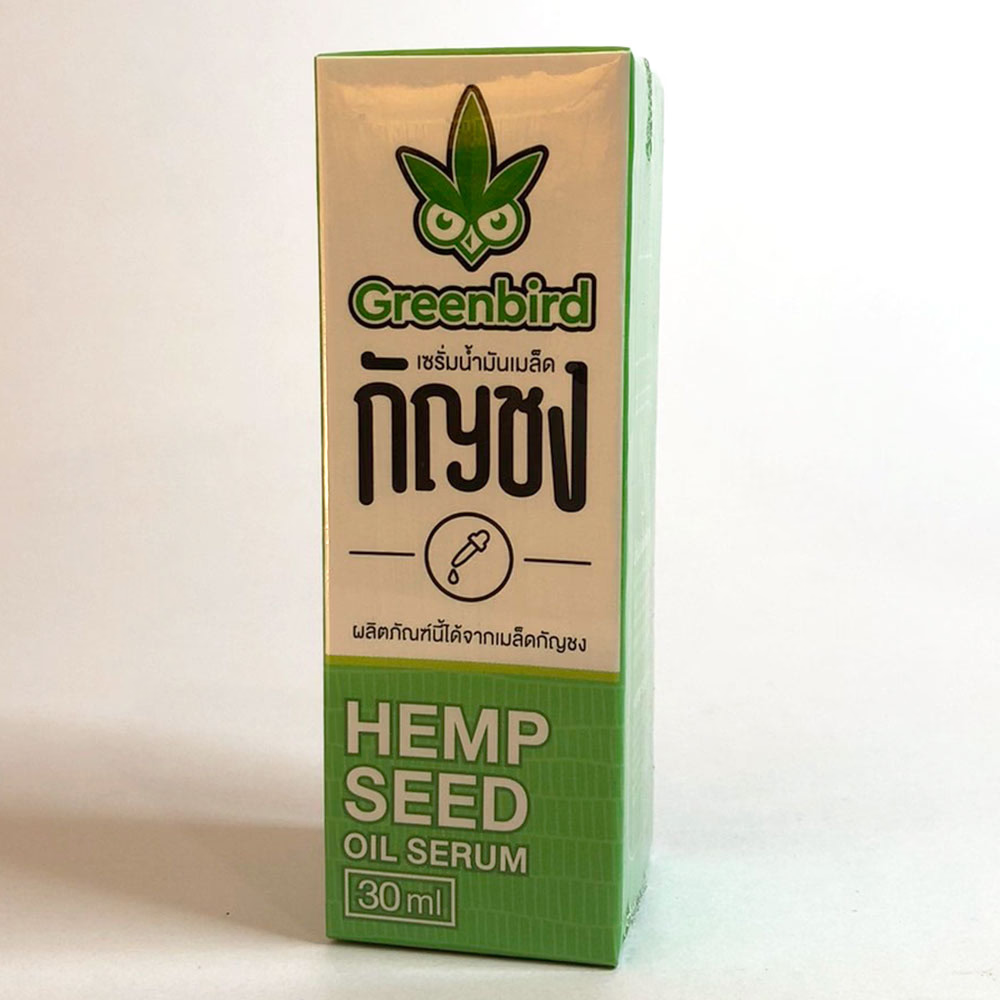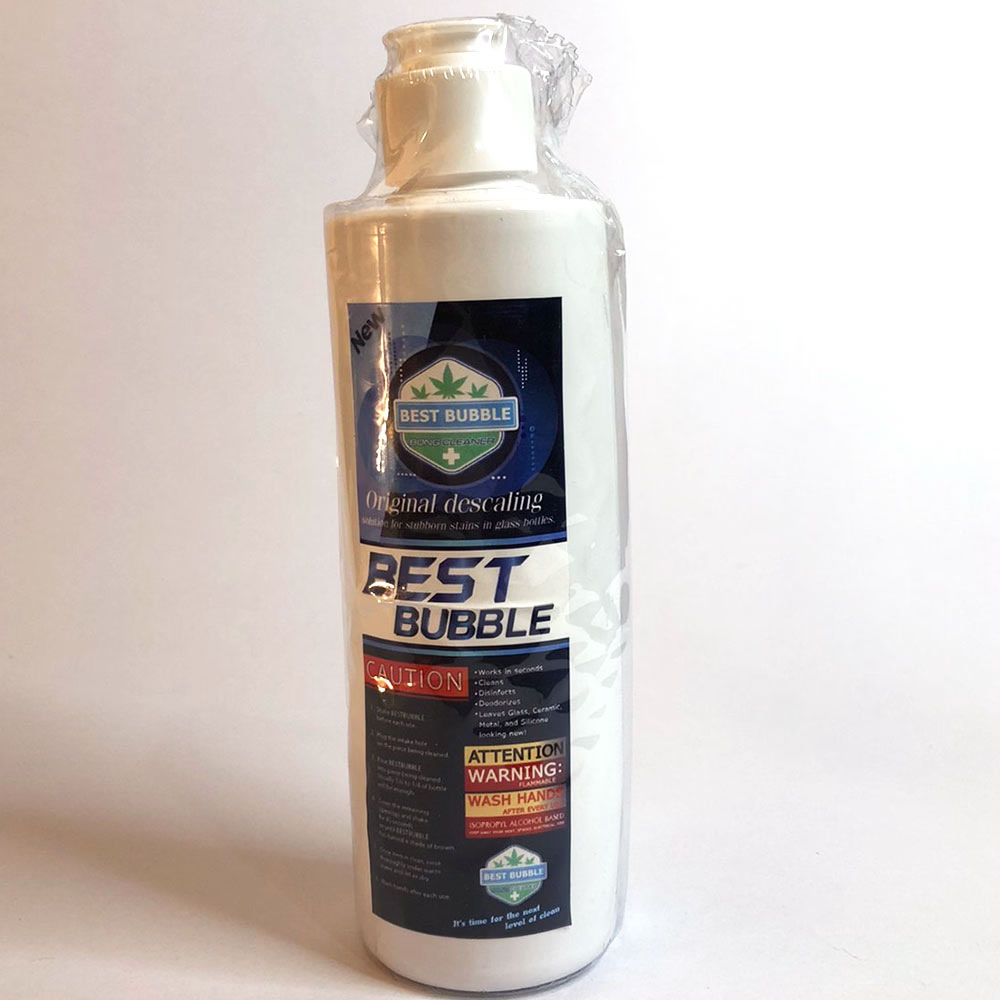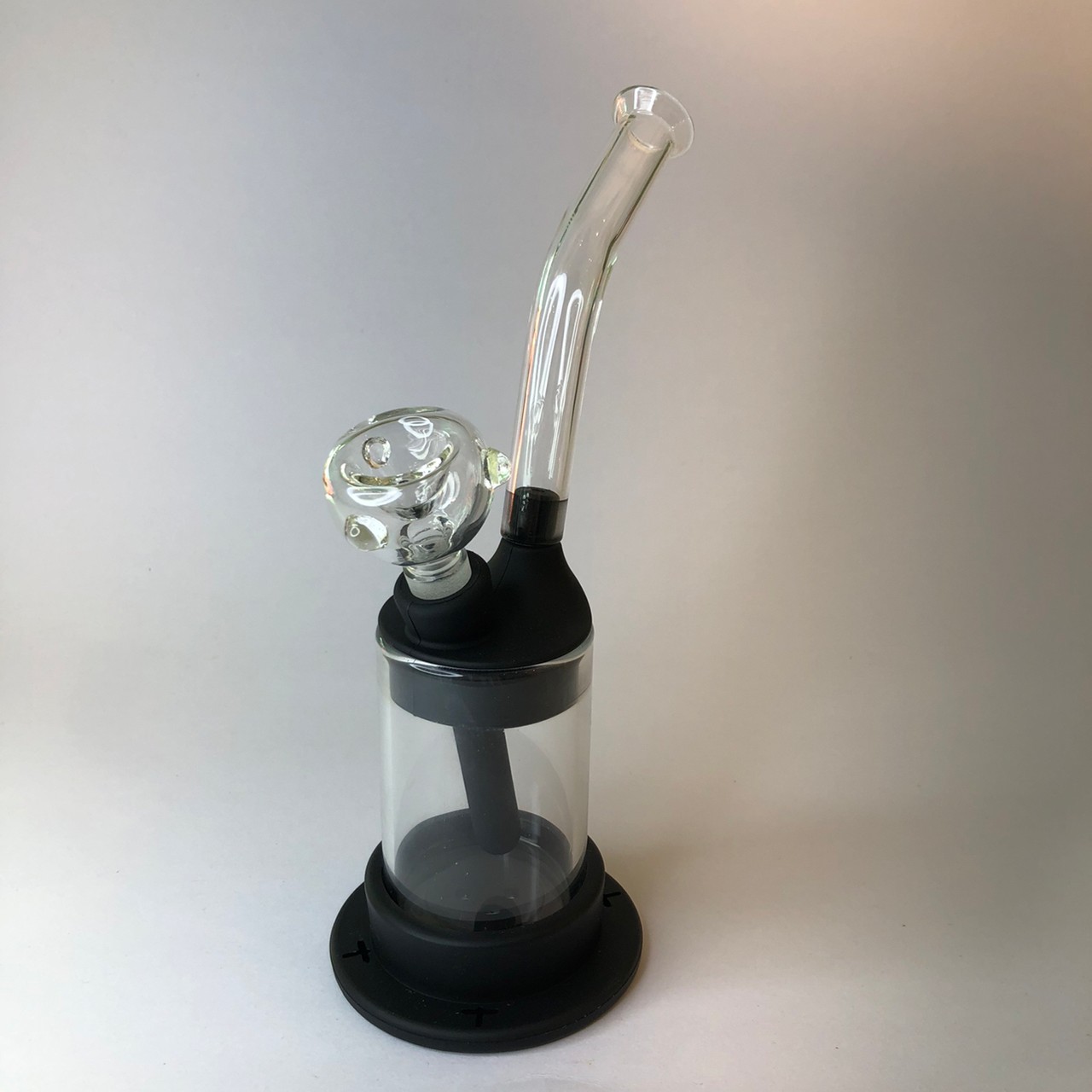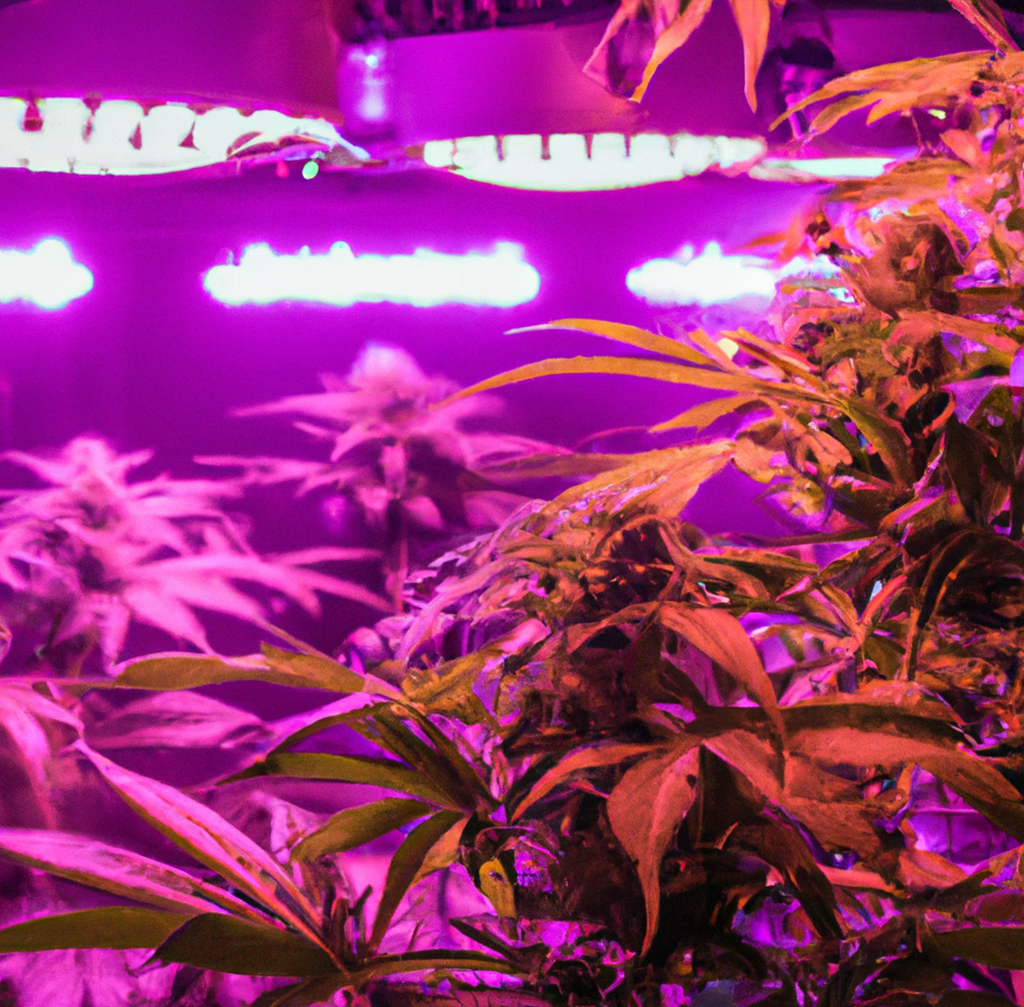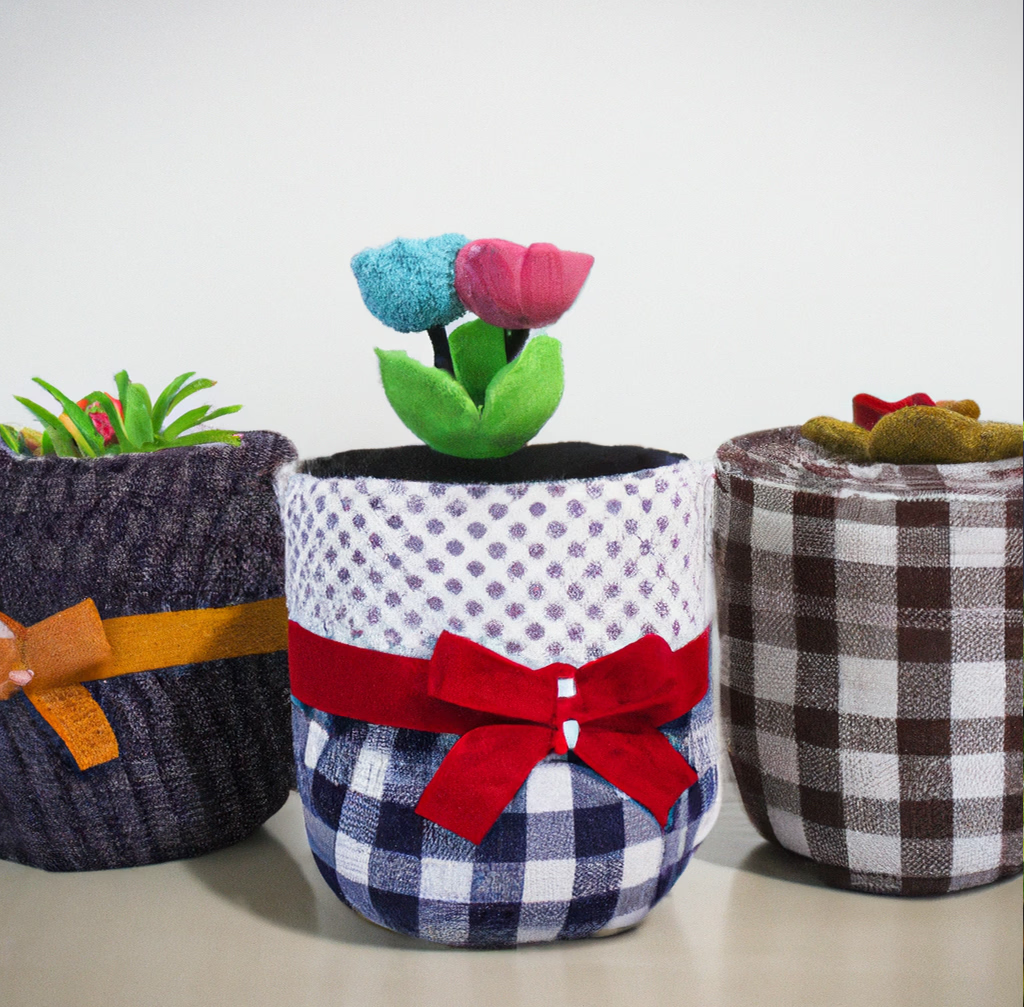The Lifecycle of Cannabis Growth: From Seed to Flowering
Cannabis, also known as marijuana, is a plant that has been used for centuries for its psychoactive and medicinal properties. The plant contains THC (tetrahydrocannabinol), the active ingredient in marijuana. The cannabis plant can be grown indoors or outdoors, but most indoor growers start with a soil mix and then add organic matter such as compost or worm castings.
The cannabis plants need plenty of light and water. Once the plants have reached their desired height, the flowers (buds) are harvested and dried. The buds can then be smoked, eaten, or used to make cannabis oil or edibles. The cannabis plant has a life cycle of approximately 60 days from seed to harvest. However, the indoor grower has more control over the environment, which can shorten or lengthen the process depending on the desired results. Cannabis seeds can be purchased from several sources, including online retailers.
Once the seeds have been obtained, they need to be germinated. This can be done by soaking the seeds in water overnight and planting them in moist soil. Once the seeds have germinated, the seedlings need to be transplanted into individual pots and placed under grow lights. The seedlings need to be watered frequently and fertilized every two weeks. After a few weeks, the plants will develop flowers (buds). Once the buds have reached their desired size, they are harvested and dried. The dried buds can then be smoked, eaten, or used to make cannabis oil or edibles.
How much time does it take a marijuana plant to grow?
Marijuana plants can take anywhere from 2-8 months to grow, depending on the strain, producing method, and environmental factors. The average growth time for a marijuana plant is four months. The first step in growing a marijuana plant is to choose the right strain. There are many different strains of marijuana, each with its unique set of characteristics. Some songs are better suited for indoor growing, while others do better outdoors. Some pieces are more resistant to pests and diseases, while others are more delicate. Choosing a suitable theme is the first and most crucial step in growing a marijuana plant.
Once you have chosen the right strain, you must select a growing method. Indoor growing is often considered the best way to grow marijuana, as it allows for environmental control. Marijuana can be grown indoors or outdoors, in soil, or hydroponically. Each method has its pros and cons, so it is essential to research and choose the best way for you.
Outdoor growing is often seen as more accessible and cost-effective, requiring less equipment and setup. However, it is essential to note that indoor growing can be more expensive and time-consuming than growing outdoors. However, it is necessary to note that outdoor growing can make it more difficult to control the environment and is more susceptible to pests and diseases.
Once you have chosen your strain and growing method, it is time to start growing your plant. Marijuana plants need a lot of sunlight, so selecting a location with plenty is essential. Growing indoors, you must provide your plants with artificial light. The lifecycle of cannabis growth can vary depending on the strain, producing method, and environmental factors. The average growth time for a marijuana plant is four months, but it can take 2-8 months to develop a marijuana plant.
What phases of growth occur in weed plants?
A cannabis plant’s growth can be divided into several stages: seedling, vegetative, pre-flowering, flowering, and ripening.
Seedling:
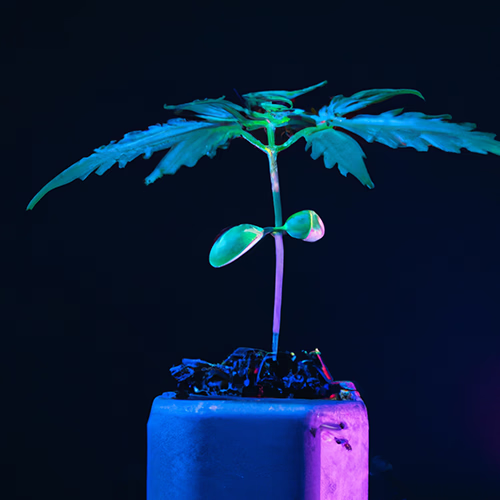
The first stage of a cannabis plant’s life cycle is the seedling stage. This is when the plant is first germinated, and the seedlings typically remain in this stage for 1-2 weeks. The seedling stage is characterized by rapid growth as the plant establishes itself. The seedling leaves are typically small and delicate, and the plant will be vulnerable to environmental stressors at this stage.
Vegetative:
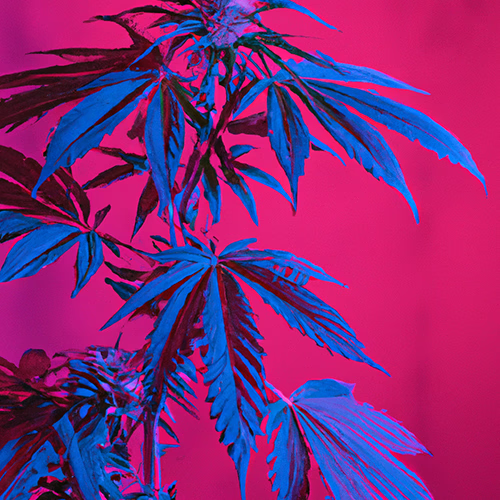
The next stage of a cannabis plant’s life cycle is vegetative. This is when the cannabis plant starts to develop its leaves and stems, and the root system expands. The plant will continue to increase during this stage, and the leaves will become larger and more robust. The vegetative stage typically lasts 3-8 weeks, although this can vary depending on the strain and growing conditions.
Pre-flowering:
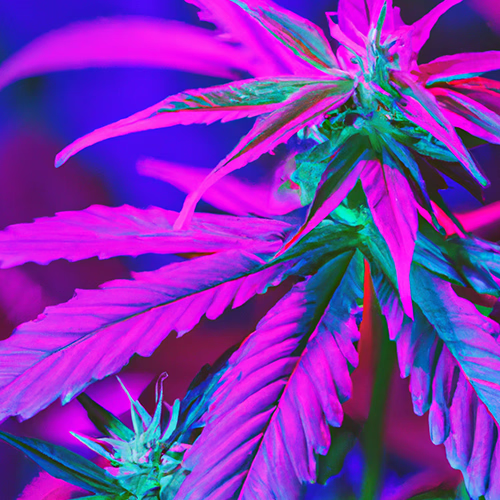
The pre-flowering stage is the final stage of vegetative growth, and it is when the plant starts to produce flowers (or buds). The plant will have small, white flowers that are not yet mature. The pre-flowering stage typically lasts 1-2 weeks, although this can vary depending on the strain and growing conditions.
Flowering:
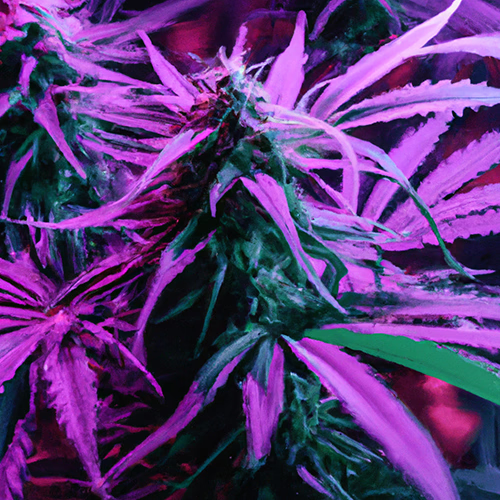
The flowering stage is when the plant’s flowers (or buds) mature. The flowers will become more prominent and denser, and the plant will begin to produce more resin. The flowering stage typically lasts 6-8 weeks, although this can vary depending on the strain and growing conditions.
Ripening:
The final stage of a cannabis plant’s life cycle is ripening. This is when the plant’s flowers (or buds) are fully mature and ready to be harvested. The ripening stage typically lasts 2-3 weeks, although this can vary depending on the strain and growing conditions.
